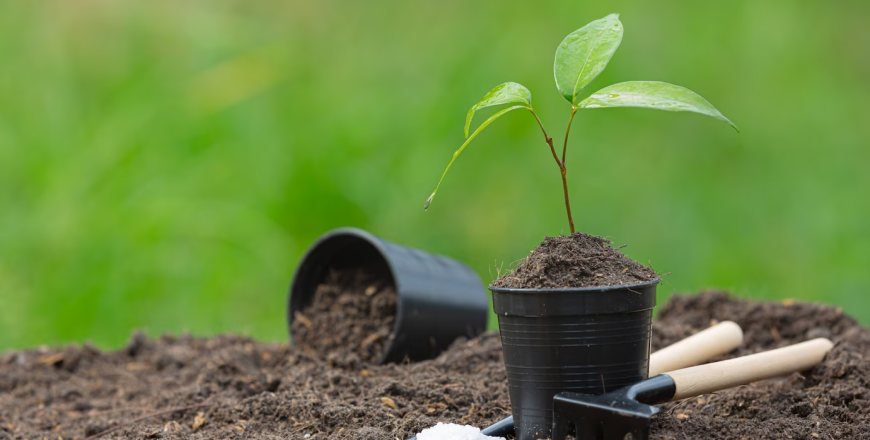NTFP Harvesting Calendar
Develop a comprehensive calendar outlining the optimal times for harvesting various non-timber forest products (NTFPs) based on seasonal availability and ecological considerations. This calendar will help harvesters plan their activities sustainably, minimizing negative impacts on forest ecosystems.





Personal Attributes of NTFP Harvesters/Collectors:
Emphasize the importance of ethical conduct, respect for nature, and adherence to local customs and regulations among NTFP harvesters. Encourage qualities such as patience, attentiveness, and responsibility towards the environment.
Permitted Areas Identification:
Clearly demarcate permitted harvesting areas to prevent overexploitation and ensure compliance with forest management regulations. Utilize mapping tools and signage to mark designated areas where NTFP harvesting is allowed.
How to be a Responsible Harvester/Collector:
Provide education and training on responsible harvesting practices, including sustainable harvest levels, respect for biodiversity, and minimizing waste. Emphasize the importance of maintaining the integrity of forest ecosystems for future generations.
When to Harvest? What to Harvest? And How to Harvest?
Appropriate Season and Time for Harvesting: – Educate harvesters on the seasonal cycles of NTFPs and identify the optimal times for harvesting to maximize yield while minimizing ecological impact.
(ii) Scientific and Good Collection Practices: – Promote scientifically proven harvesting methods that ensure minimal damage to plants and ecosystems. Encourage gentle handling and selective harvesting techniques.
(iii) Use of Appropriate Tools and Material: – Provide guidance on the selection and use of appropriate tools and equipment to minimize damage during harvesting. Emphasize the use of sustainable materials and techniques.
(iv) Selection of Suitable Site for Collection: – Train harvesters to assess and select suitable sites for collection based on factors such as species abundance, habitat characteristics, and accessibility.
(v) Identification and Removal of Toxic Weeds: – Educate harvesters on the identification and safe removal of toxic weeds and invasive species that may pose risks to human health and ecosystem integrity.
(vi) Other Risks and Hazards in Forest Areas: – Raise awareness about potential risks and hazards in forest areas, such as wildlife encounters, uneven terrain, and adverse weather conditions. Provide guidance on risk mitigation strategies and emergency protocols.
(vii) Basic First Aid: – Equip harvesters with basic first aid knowledge and supplies to address minor injuries and emergencies while working in remote forest areas.
(viii) Part-Wise Appropriate Harvesting/Collection Method: – Teach harvesters to harvest NTFPs in a manner that ensures sustainable regeneration and ecosystem resilience. Encourage selective harvesting, leaving behind reproductive individuals and ensuring the dispersal of seeds for future growth.